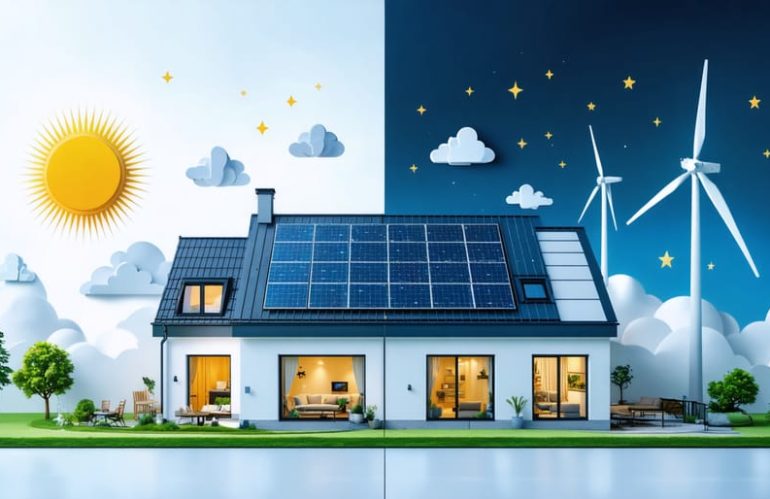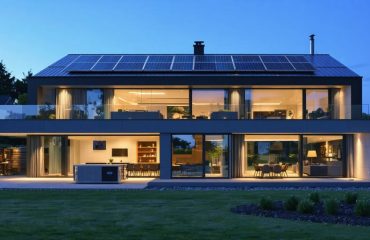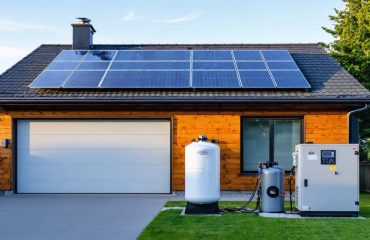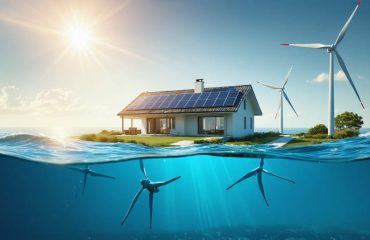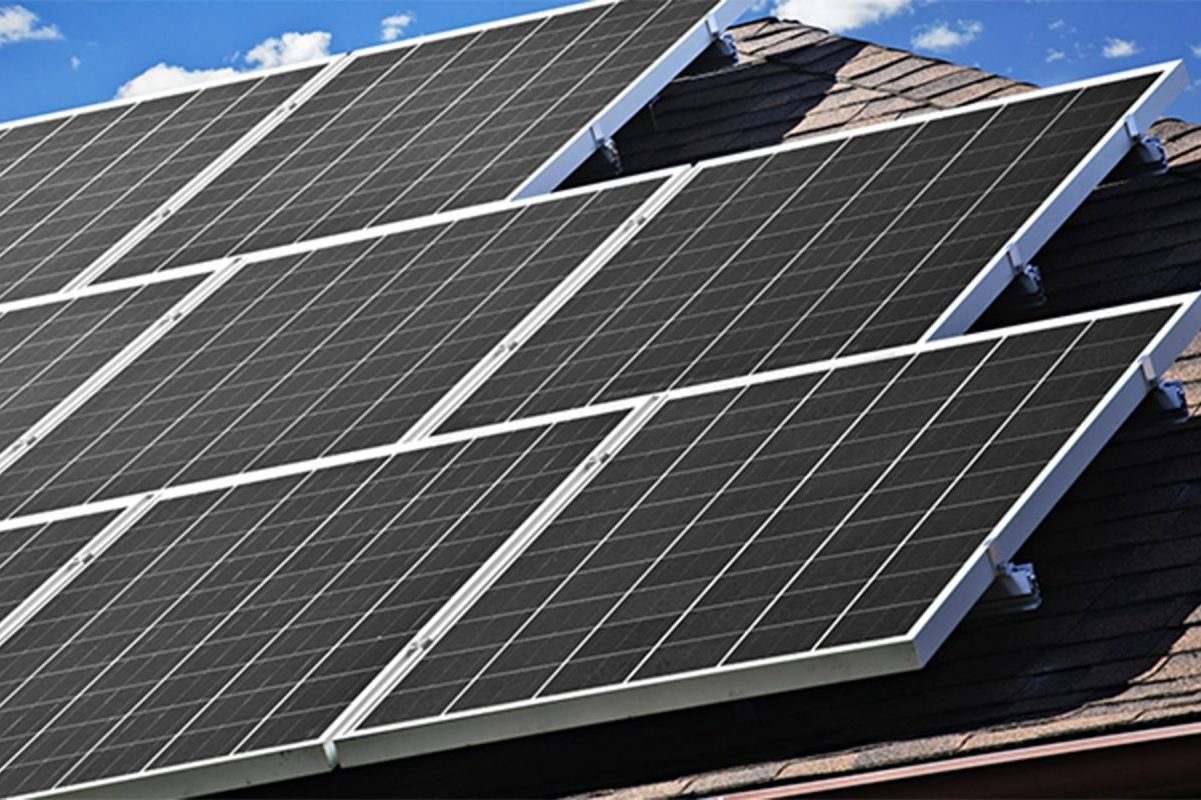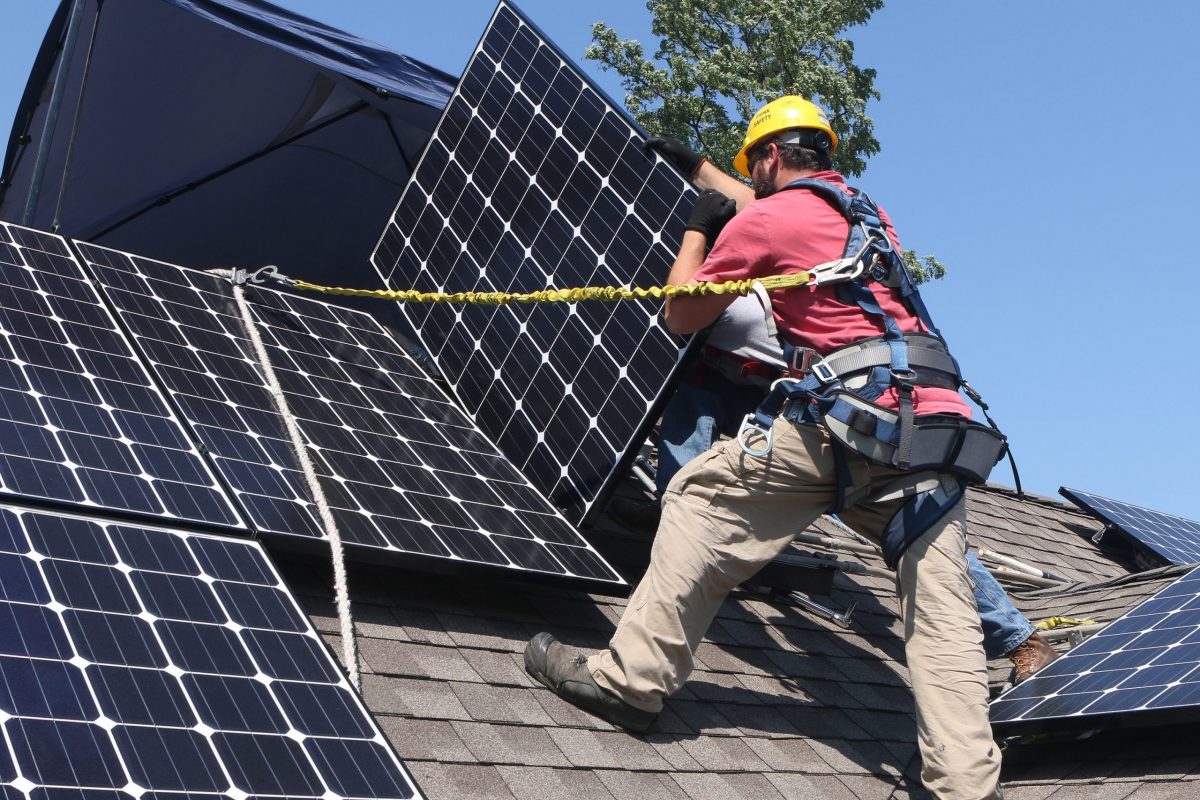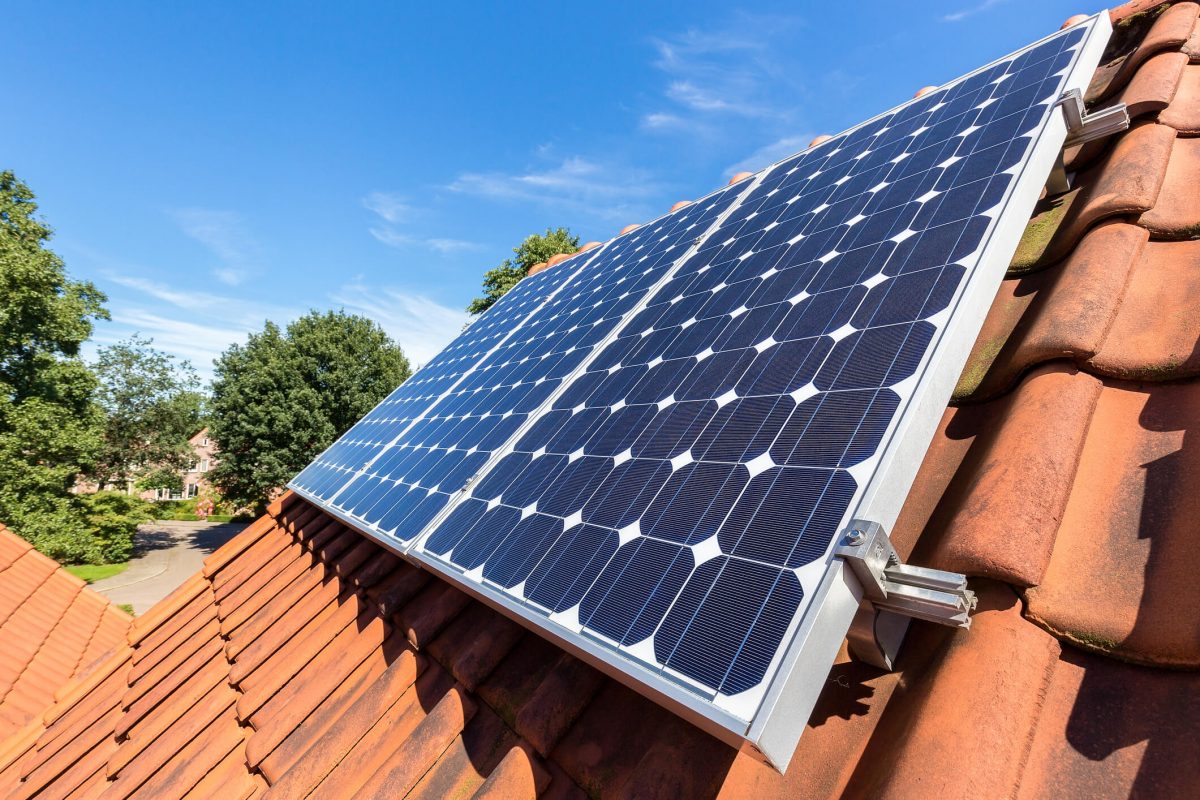Harness the combined power of sun and wind to slash your energy bills by up to 90% through modern hybrid renewable energy systems. Unlike standalone solar panels or wind turbines, these integrated solutions provide consistent power generation across day and night, sunny and cloudy conditions. Smart homeowners are increasingly turning to hybrid systems as equipment costs drop and energy prices soar, typically achieving complete return on investment within 5-7 years. These intelligent systems automatically switch between solar and wind power based on real-time conditions, storing excess energy in advanced batteries for use during peak demand hours. With federal tax incentives covering up to 30% of installation costs and many states offering additional rebates, there’s never been a better time to embrace this proven technology for your home’s energy independence.
Why Combine Solar and Wind Energy?
The Day-Night Advantage
One of the most compelling advantages of hybrid solar-wind systems among various sustainable home energy solutions is their complementary nature throughout the day-night cycle. While solar panels harness energy during daylight hours, wind turbines often perform their best during nighttime and early morning hours. This natural alternating pattern creates an ideal energy generation schedule that helps maintain consistent power supply.
During sunny days, your solar panels capture maximum sunlight, typically generating peak power between 10 AM and 4 PM. As the sun sets and solar production decreases, wind speeds tend to pick up, allowing your wind turbine to take over the energy production role. This phenomenon occurs because of temperature differences between the earth’s surface and the atmosphere, which are more pronounced after sunset.
This complementary relationship means your home can potentially generate power 24 hours a day, reducing reliance on grid electricity and providing more consistent renewable energy coverage. The result is a more reliable and efficient system that maximizes your investment in clean energy technology.
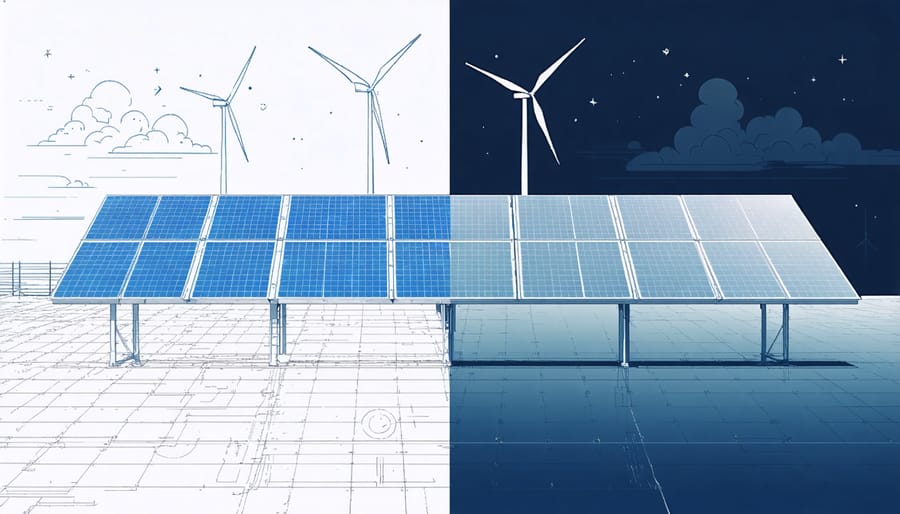
Seasonal Benefits
One of the greatest advantages of hybrid solar-wind systems is their complementary seasonal performance. During summer months, longer days and intense sunlight maximize solar panel output, while winter months typically bring stronger winds that boost wind turbine production. This natural balance helps maintain consistent energy generation throughout the year.
Spring and fall often provide ideal conditions for both components, with moderate sunlight and steady winds creating optimal energy harvesting conditions. In summer, when winds tend to be calmer, solar panels pick up the slack during peak sunshine hours. Conversely, winter’s shorter days and weaker sunlight are offset by stronger and more frequent winds, ensuring your system continues to generate power even during cloudy periods.
This seasonal complementarity means homeowners can rely less on grid power throughout the year. Many regions experience their highest winds during winter months when solar production naturally decreases, making wind power a perfect backup for shorter, cloudier days. By harnessing both energy sources, you maintain more stable power generation across all seasons, reducing the impact of weather-related fluctuations on your energy independence.
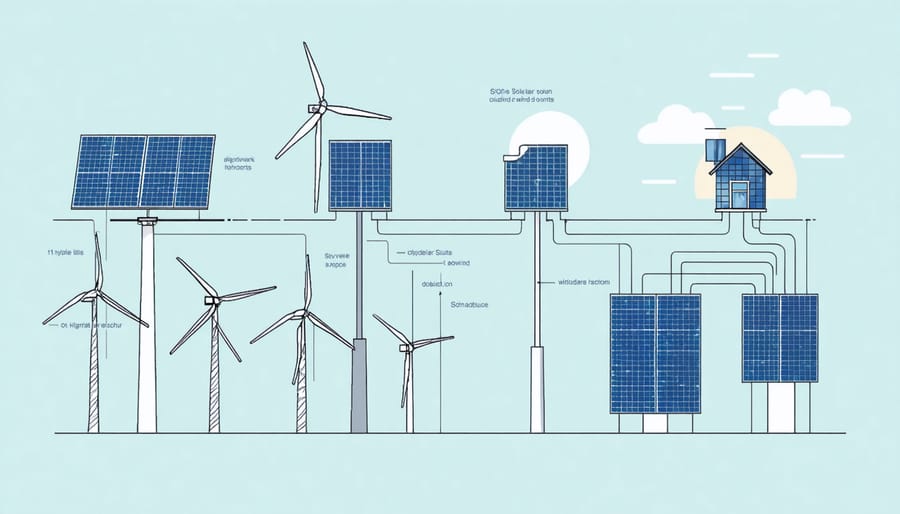
Components of a Hybrid Solar-Wind System
Solar Components
The solar component of a hybrid system starts with high-efficiency photovoltaic panels that convert sunlight into electricity. These panels are typically installed on your roof or in your yard, where they can capture maximum sunlight throughout the day. Modern solar panels are more efficient and affordable than ever, with most residential installations using monocrystalline or polycrystalline panels that can last 25-30 years.
A crucial part of your solar setup is the inverter, which converts the DC power generated by your panels into AC power that your home can use. Hybrid systems often use specialized inverters that can handle both solar and wind power inputs while managing battery storage.
The mounting system keeps your panels secure and properly positioned. For rooftop installations, racking systems are designed to withstand local weather conditions while maintaining your roof’s integrity. Ground-mounted systems offer flexibility in positioning and easier maintenance access, though they require more space.
Your solar components work seamlessly with wind turbines and battery storage to create a reliable, renewable energy system that maximizes power generation in varying weather conditions.
Wind Components
Wind turbines are the powerhouses that capture nature’s breeze and turn it into usable electricity for your home. In a hybrid system, these turbines work alongside solar panels to provide reliable energy generation. Most residential wind systems use small-scale turbines, typically ranging from 2 to 10 kilowatts in capacity, mounted on towers 30 to 120 feet high.
The main components of the wind system include the rotor blades, generator, tail vane, and tower. The blades catch the wind and spin the generator, which converts mechanical energy into electricity. The tail vane keeps the turbine pointed into the wind for maximum efficiency. Modern turbines are designed to operate quietly and include safety features like automatic shut-offs during extreme weather.
Your wind setup will also include an inverter to convert the generated power into usable household electricity, and possibly a battery bank for energy storage. Many systems come with smart monitoring capabilities, allowing you to track power generation through your smartphone or computer. When selecting a wind turbine, factors like average wind speeds in your area, available space, and local zoning regulations will guide your choice.
Integration Equipment
The heart of any hybrid solar-wind system lies in its integration equipment, which works together to ensure smooth renewable energy integration. Battery banks store excess energy for use during low-production periods, with modern lithium-ion batteries offering superior performance and longevity compared to traditional lead-acid options. Smart charge controllers manage power flow between solar panels, wind turbines, and batteries, preventing overcharging while optimizing energy harvest. Advanced monitoring systems let homeowners track energy production and consumption through user-friendly smartphone apps, making it easy to understand system performance and adjust usage patterns. These components work seamlessly together, ensuring your home has reliable power while maximizing the benefits of both solar and wind energy.
Real Cost Benefits for Homeowners
Initial Investment vs. Long-term Savings
While the initial investment for a hybrid solar-wind system typically ranges from $15,000 to $45,000 for residential installations, the long-term financial benefits make it an attractive option for many homeowners. The exact cost depends on factors like system size, local installation rates, and equipment quality.
The good news is that these systems often pay for themselves within 7-10 years through reduced energy bills and various incentives. Homeowners can expect to save between $100 and $300 monthly on electricity costs, depending on their location and energy consumption patterns. Over a 20-year period, this can amount to savings of $24,000 to $72,000.
Federal tax credits currently cover 30% of the installation costs, and many states offer additional incentives. Some utility companies provide net metering programs, allowing you to sell excess energy back to the grid, further increasing your savings potential.
Maintenance costs are relatively low, typically averaging $300-500 annually for routine checkups and cleaning. Modern hybrid systems are built to last, with solar panels guaranteed for 25 years and wind turbines lasting 20-25 years with proper maintenance.
When comparing costs to traditional grid power, remember that energy prices typically increase by 2-3% annually. A hybrid system protects you from these rising costs while providing reliable, clean energy for decades to come.
Available Incentives
Installing a hybrid solar-wind system can be more affordable than you might think, thanks to various financial incentives available at federal, state, and local levels. The federal government offers the Investment Tax Credit (ITC), which allows you to deduct 30% of your system’s total cost from your federal taxes through 2032. This significant savings applies to both the solar and wind components of your hybrid system.
Many states offer additional tax credits, ranging from 10% to 25% of the system cost, while some provide performance-based incentives that pay you for the clean energy your system generates. Local utilities often have their own rebate programs, which can cover up to $2,000 of your installation costs.
Net metering policies in most states allow you to earn credits for excess energy your hybrid system sends back to the grid. Some areas also offer property tax exemptions, meaning your home’s increased value from the hybrid system won’t raise your property taxes. Check with local energy offices or qualified installers to identify all available incentives in your area, as these programs can substantially reduce your initial investment.
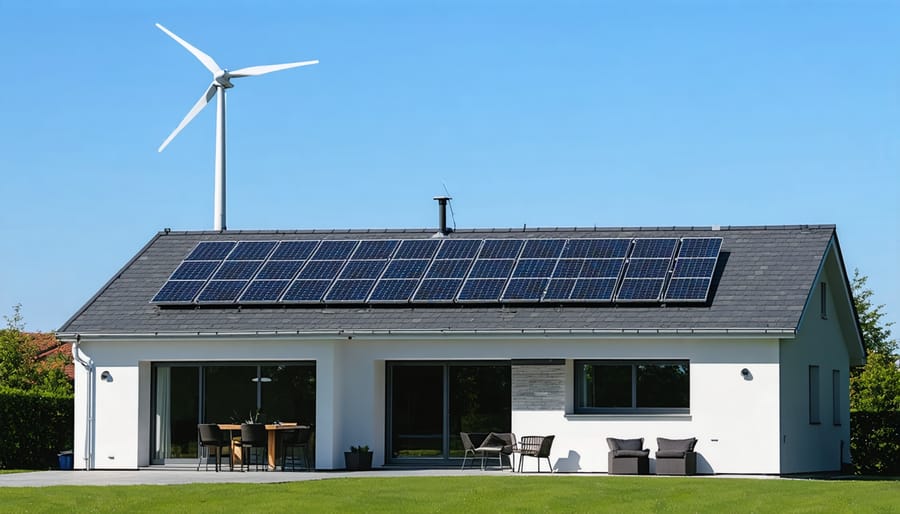
Is Your Home Suitable?
Location Assessment
Before installing a hybrid solar-wind system, it’s essential to assess your property’s potential for both solar and wind energy generation. Start by evaluating your roof’s solar exposure – ideally, you’ll want an unshaded south-facing surface with a pitch between 30-45 degrees. Consider nearby trees, buildings, or other obstacles that might cast shadows during peak sunlight hours.
For wind energy assessment, examine your local wind patterns and average speeds. Most residential wind turbines require average wind speeds of at least 10-12 mph to be effective. Local weather stations and wind maps can provide historical data for your area. Remember that wind speeds typically increase with height, so taller installations often yield better results.
Your location’s climate patterns also play a crucial role. Areas with distinct seasonal variations might benefit more from a hybrid system – solar panels performing better during sunny summer months while wind turbines compensate during cloudy, windy winters. Consider consulting local renewable energy installers who can perform detailed site assessments using specialized tools to measure both solar exposure and wind conditions accurately.
Space Requirements
Installing a hybrid solar-wind system requires careful consideration of your available space, but you might be surprised by how adaptable these systems can be. For rooftop solar panels, you’ll typically need between 200-400 square feet of unshaded roof space, depending on your energy needs. This usually accommodates 15-20 panels for an average household.
The wind turbine component requires less horizontal space but needs proper clearance. A typical residential wind turbine should be installed at least 20 feet higher than nearby obstacles and needs about 1/2 acre of clear space around it. However, smaller vertical-axis wind turbines can work in more compact areas, requiring as little as 100 square feet of yard space.
Don’t worry if you have limited roof space – these systems are modular, meaning you can adjust the ratio of solar panels to wind turbines based on your property’s layout. Some homeowners opt for ground-mounted solar panels if roof space is restricted, while others choose compact wind turbines designed specifically for urban environments. Your installer can help design a system that maximizes available space while meeting your energy goals.
Making the Switch
Transitioning to a hybrid solar-wind system requires careful planning and consideration. Start by conducting a thorough site assessment to evaluate your property’s solar and wind potential. This typically involves measuring average wind speeds, analyzing sun exposure patterns, and identifying optimal installation locations for both components.
Next, consult with qualified professionals for a comprehensive home energy system installation evaluation. They’ll help determine the right size system for your energy needs and ensure your property meets all necessary requirements.
Review local zoning laws and obtain required permits. Many jurisdictions have specific regulations regarding wind turbine height and solar panel placement. Your installer should help navigate these requirements and secure necessary approvals.
Consider your budget and explore financing options. While hybrid systems require a larger upfront investment than single-source solutions, many homeowners qualify for federal tax incentives, state rebates, and special financing programs designed for renewable energy projects.
Start with a basic system and expand as needed. Many homeowners begin with solar panels and add wind turbines later, or vice versa. This phased approach can make the transition more manageable financially while allowing you to learn about system operation and maintenance gradually.
Finally, prepare your home’s electrical system for the upgrade. This may involve updating your electrical panel, installing smart meters, and setting up a battery storage system. Working with certified professionals ensures a smooth integration with your existing power infrastructure and optimal system performance from day one.
As we’ve explored throughout this article, hybrid solar-wind systems represent a powerful solution for homeowners seeking energy independence and environmental responsibility. By combining the complementary strengths of solar panels and wind turbines, these systems provide more consistent power generation throughout the day and across seasons, ensuring greater reliability than either technology alone.
The benefits are clear: reduced electricity bills, decreased carbon footprint, and enhanced energy security during grid outages. With federal tax incentives, state rebates, and declining equipment costs, there’s never been a better time to invest in hybrid renewable energy systems. Many homeowners are discovering that their initial investment pays for itself through energy savings within 5-10 years, while adding significant value to their properties.
Moreover, these systems are becoming increasingly sophisticated and user-friendly, with smart technology making maintenance and monitoring simpler than ever before. As our communities face growing environmental challenges and rising energy costs, hybrid solar-wind systems offer a practical, proven solution for sustainable living.
Don’t wait to take control of your energy future. Consider consulting with a renewable energy professional to assess your property’s potential for a hybrid system. By making the switch today, you’ll join thousands of homeowners who are already enjoying the benefits of clean, reliable, and cost-effective power generation while contributing to a more sustainable future for all.

